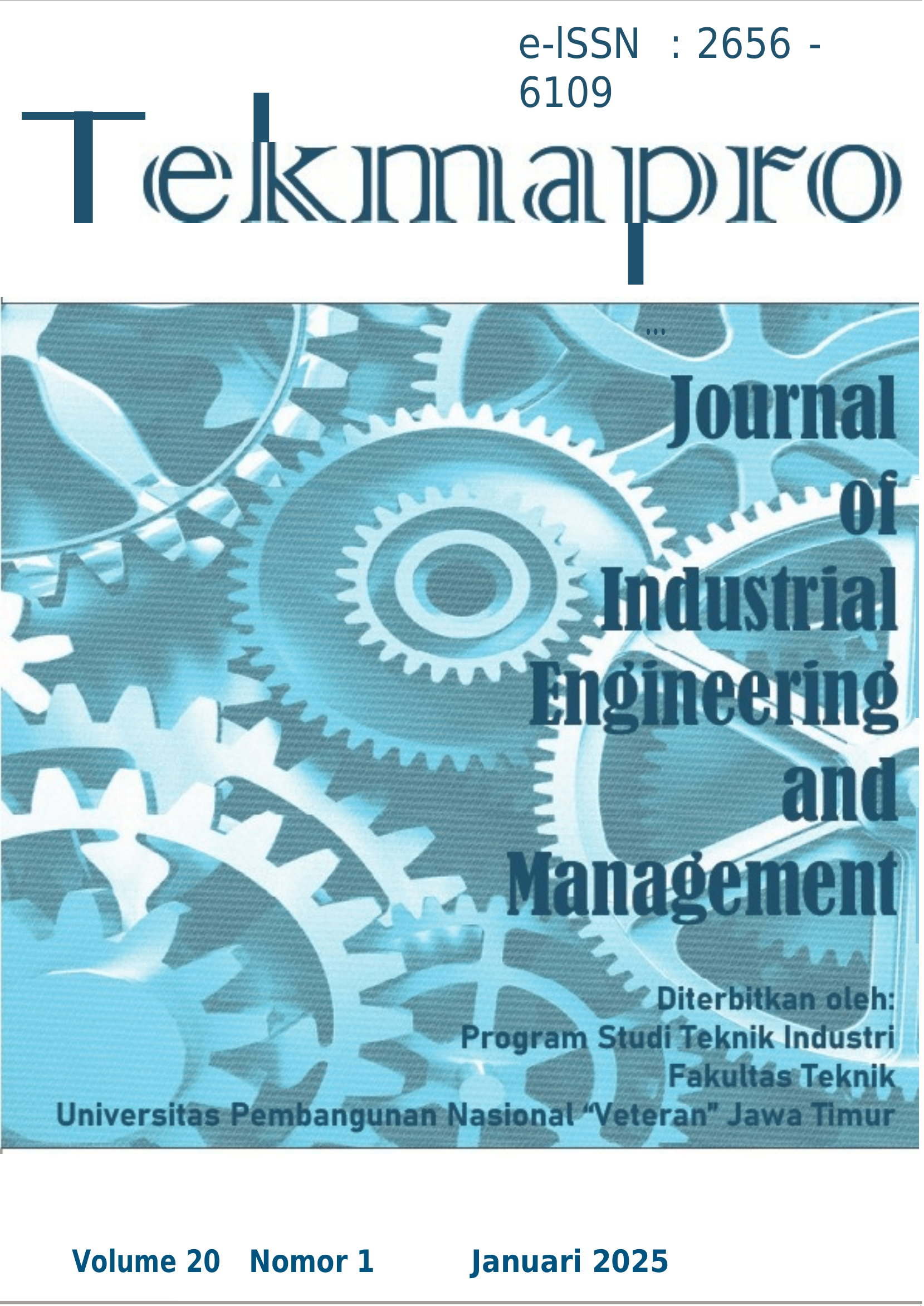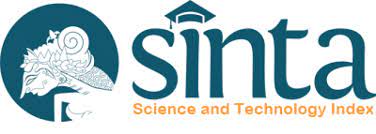EDUCATIONAL GAME STORY ADVENTURE OF CAKRA INDEPENDENCE HISTORY VERSION
Abstract
The educational game “Story Adventure Of Cakra” with the theme of Indonesian independence history is designed to improve students’ understanding and interest in learning, especially among students in grades 3 and 4 of elementary school, through an interactive and fun approach. This game was created using the Game Development Life Cycle (GDLC) method and the Construct 3 engine, with a focus on learning history through adventure gameplay and a quiz system. This study uses a qualitative approach involving students in grades 3 and 4 of elementary school and history teachers as research subjects. Data collection was carried out through interviews, participatory observations, and literature studies. The results of blackbox testing showed that all game features, including the navigation system, gameplay, and quiz-based evaluation features, functioned well. In addition, trials with students and teachers showed that this game was able to attract students’ attention and increase their motivation to learn the history of Indonesian independence. Overall, “Story Adventure Of Cakra” has succeeded in becoming an innovative learning alternative in Indonesian history education. This game has a positive impact on students’ understanding, combines elements of entertainment and education, and supports the creation of a fun and effective learning experience. With its potential, it is hoped that this game can continue to be developed to support history learning at various levels of education.
Kata Kunci: Game edukasi, Sejarah Kemerdekaan, GDLC, Construct 3, Pembelajaran Interaktif.
Downloads
References
Aziz, Tahir, M., Khan, and R. Singh, “Effects of Information Technology Usage on Student Learning: An Empirical Study in the United States,” Int. J. Manag., vol. 27, no. 2, 2010.
Bangun, R., Sejarah, G. E. P., Yulianto, A., Widodo, D. W., & Sinta Wahyuniar, L. (2023). Proceedings of SEMNAS INOTEK (National Seminar on Technological Innovation) 636. In August (Vol. 7). Online.
Kaurie, F., Purwanto, A., & Minarni, M. (2020). Development of Indonesian Game Technology for 2D Game “HEROES OF INDONESIA” Using Unity 2D Engine for Mobile. Jurnal Ilmu Komputer Dan Bisnis, 11(2), 2483–2494. https://doi.org/10.47927/jikb.v11i2.12
Sunengsih, A., Hardiansyah, A. M., & Lisana, D. N. H. (2023). Development of the Educational Game "Petualang Cerdas" Based on the Web Using the MDLC Method. Media Jurnal Informatika, 15(2), 162. https://doi.org/10.35194/mji.v15i2.3907
Roselina Siregar, M. (2020). Journal of Applied Multimedia and Networking (JAMN) 3D Game “LAWAN NARKOBA” Using the Game Development Life Cycle (GDLC) Method. JAMN,
(1). http://jurnal.polibatam.ac.id/index.php/
Nahrulhat, M., & Januarsa, S. D. (n.d.). Design of a 2D Educational Game to Introduce the History of Buildings Around Braga Street to Generation Z in Bandung City.
NU Online Jakarta. (n.d.). Seven Points of Independence According to Gus Dur. Retrieved from https://jakarta.nu.or.id/literatur/tujuh-butir-makna-kemerdekaan-menurut-gus-dur-uJ3Zm.
Jailani, R., & Purwanto, A. (2019). Design and Development of the 2D Game “DAYAK RUN” with Endless Running Genre for Android. Inform: Jurnal Ilmiah Bidang Teknologi Informasi Dan Komunikasi, 4(2).
Adams, E. (2013). FUNDAMENTALS OF GAME DESIGN, Third Edition. United States, New Riders, 1(1).
R. A. Krisdiawan, “Implementation of the Game Development Life Cycle (GDLC) Model and Linear Congruential Generator Algorithm in Puzzle Games,” Nuansa Inform., vol. 12, no. 2, pp. 1–9, 2018. [Online]. Available: https://journal.uniku.ac.id/index.php/ilkom/article/view/1634/1211.










